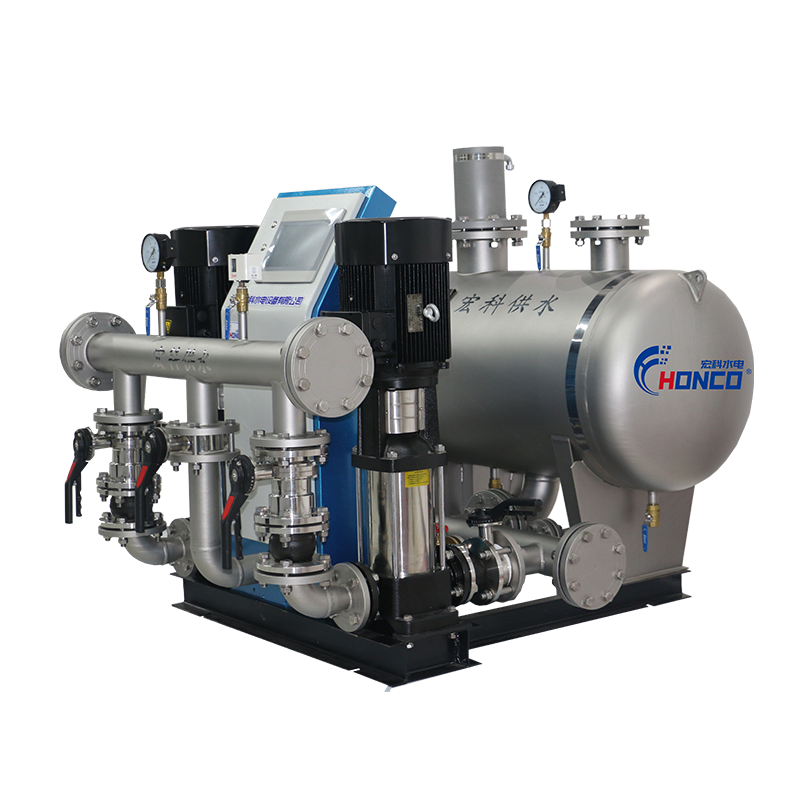Introduction to Air Flotation Machine Equipment
Suitable for water pressure boosting in domestic water supply systems of newly constructed civil buildings such as residential communities, office buildings, hotels, and schools, as well as retrofitting of old pressure boosting equipment.
Applicable for water pressure boosting in areas with insufficient municipal water pressure (e.g., schools, apartments, residential complexes, government offices, office buildings, villas) and renovation of outdated pressure boosting systems.

Working Principle
Ideal for retrofitting projects of original air-pressure-type, water tank, water tower, or reservoir-based water supply equipment.
Suitable for production and domestic water supply in industrial and mining enterprises.Used in large intermediate pressure boosting pump stations of waterworks for municipal water supply.
Specifications and Parameters
Component/Parameter | Specification |
|---|---|
| Steady Flow Compensator | 0.5m³ ~ 100m³ |
| Flow Range | 0 ~ 150m³/h |
| Control Power | ≤15kW |
| Pressure Range | 0 ~ 2.5MPa |
| Pressure Regulation Accuracy | ≤0.01MPa |
| Power Supply | 380V(1±10%), 50Hz±2Hz |
| Ambient Temperature | 0~+40℃ |
| Ambient Humidity | ≤90% (for electrical control part) |
Application Scope
1. Space-Saving Design and Efficient Installation
The equipment connects directly to the municipal water supply network, eliminating the need for water storage tanks or reservoirs on intermediate floors. This significantly reduces floor space requirements. With a compact design for the equipment unit and pipelines, installation is fast and hassle-free, achieving over 80% comprehensive investment savings compared to traditional systems.
2. Energy Efficiency
Featuring intelligent variable frequency control technology, the system optimizes energy usage by avoiding unnecessary power consumption. By directly utilizing the existing pressure from the municipal water network, it only supplements the pressure difference as needed. During low water demand periods, only one pump operates at variable frequency; additional pumps are activated during peak demand. This results in over 50% overall energy savings.
3. Water Conservation
The fully enclosed operational structure eliminates water leakage, evaporation, and waste—common issues in traditional open systems. This design achieves over 13% comprehensive water savings.
4. Low Maintenance and Management Costs
The intelligent, fully automated system requires no on-site personnel. Without water tanks or reservoirs, there is no need for regular cleaning, disinfection, or maintenance, reducing management costs by over 95%.